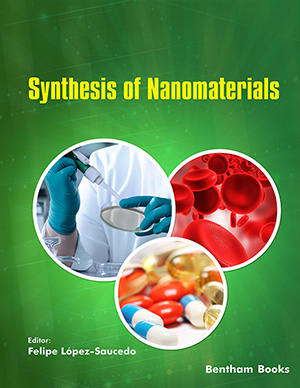Abstract
The production of composites and materials based on nanocellulose has
attracted considerable attention in the last few decades since their abundance,
renewability, high strength and rigidity, environmental friendliness, and low weight are
all unmissable and potentially useful. This analysis deals with crucial factors in the
manufacture of nanocellulose composites and presents and explores different
composite processing techniques. Rare combinations of features and new design
opportunities are seen in high-performance nanocomposites. Their potential is so high
that their utility in different fields, ranging from packaging to biomedicine, with an
annual growth rate projected at around 25% and a standardized summary emphasizes
the need for such products, their methods of fabrication, and several recent studies on
structure, properties and potential applications. There is a focus on the possible use of
naturally occurring materials like clay-based minerals, chrysotile and lignocellulose
fibers. In this chapter, an overview of nanocomposites is deliberated in detail and the
nanocomposite applications provide new technology and business options for different
industries in the aerospace, vehicle, electronics, electrical and biomedical engineering
sector as they are naturally friendly.
Keywords: Carbon nanotubes, Nanocomposites, Nanometers, Polymer matrix, Scanning tunnel microscope, Sensors.






















